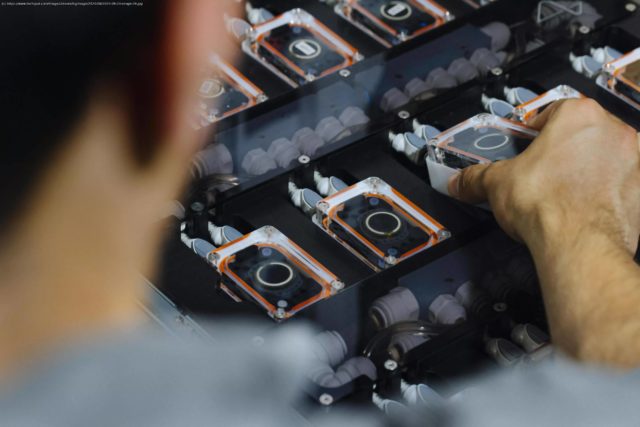Since its announcement back in February, the Neuralink PRIME study has been investigating and evaluating the safety and efficacy of brain-computer interface (BCI) devices, along with the.
Forward-looking: Neuralink’s recent update on its second study participant, identified as Alex, provides more promising results for potential recipients who have lost the ability to interact with the world around them. According to the update, Alex was able to interact with an on-screen cursor within minutes of his first connection, and within hours, he surpassed his previous levels of speed and accuracy in Neuralink’s Webgrid task – levels that he had achieved using traditional assistive technologies.
Since its announcement back in February, the Neuralink PRIME study has been investigating and evaluating the safety and efficacy of brain-computer interface (BCI) devices, along with the associated BCI software, surgical robots, tools, and procedures required to successfully deliver the implants. Earlier this week, the company released an update on its second participant, highlighting his resounding success and ability to break existing BCI world records on his first day using the newly implanted device.
Prior to a spinal cord injury that left him quadriplegic, Alex was a former FPS enthusiast and automotive technician, working with his hands to build, fix, and design tools, vehicles, and other machinery. After his accident, he was limited to interacting with a computer to play games such as Counter-Strike 2 through the use of a specific game controller for quadriplegics known as the Quadstick.
Home
United States
USA — software Neuralink study participant plays Counter-Strike 2 using only his mind






